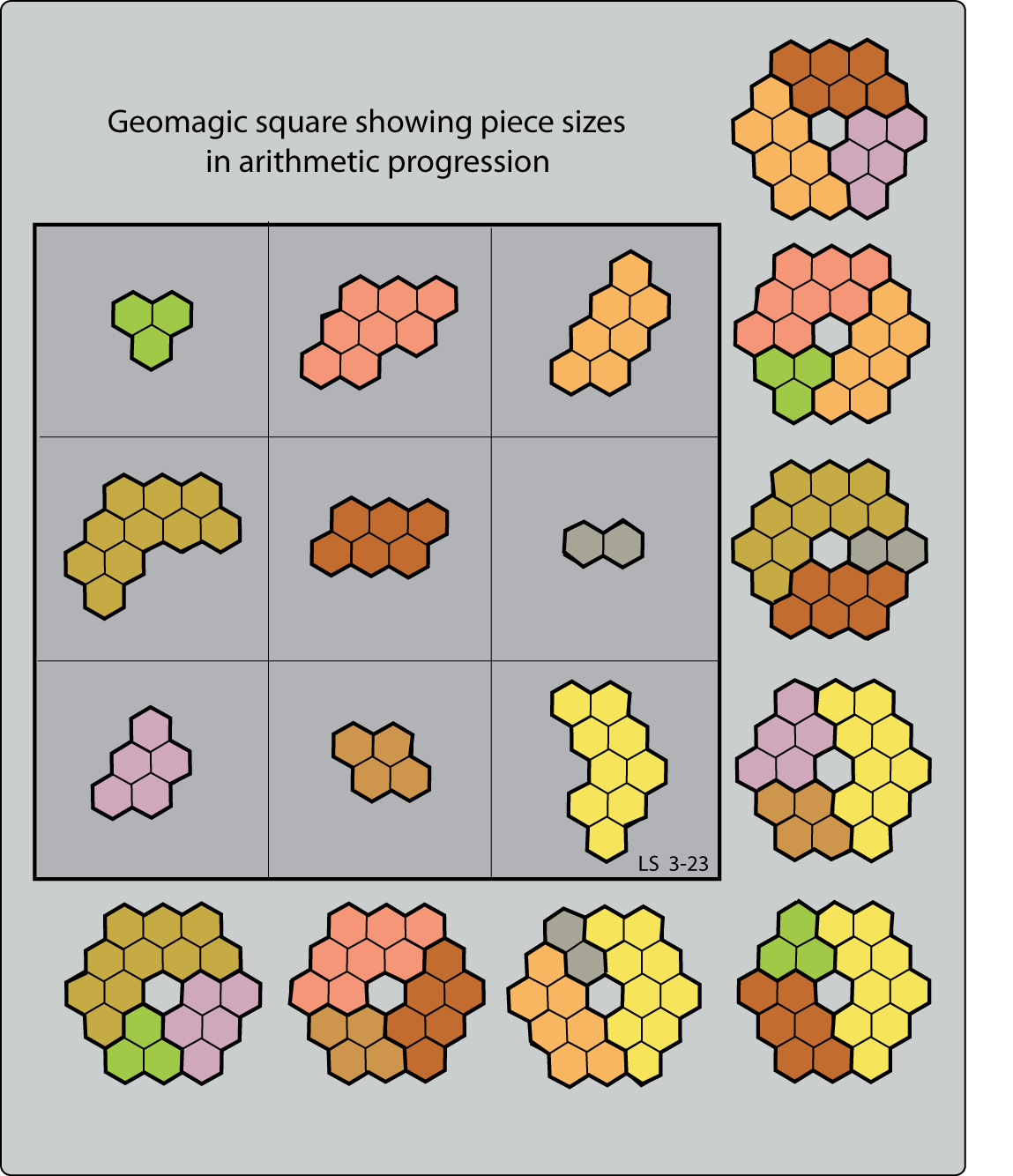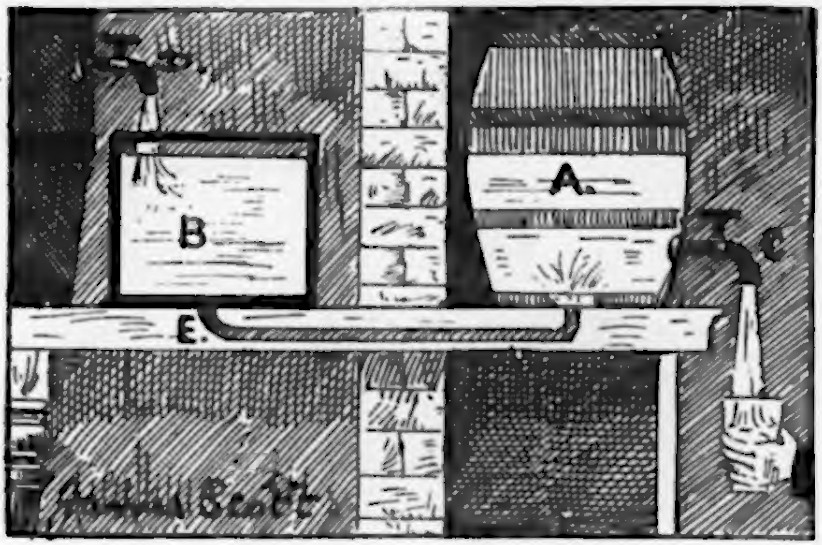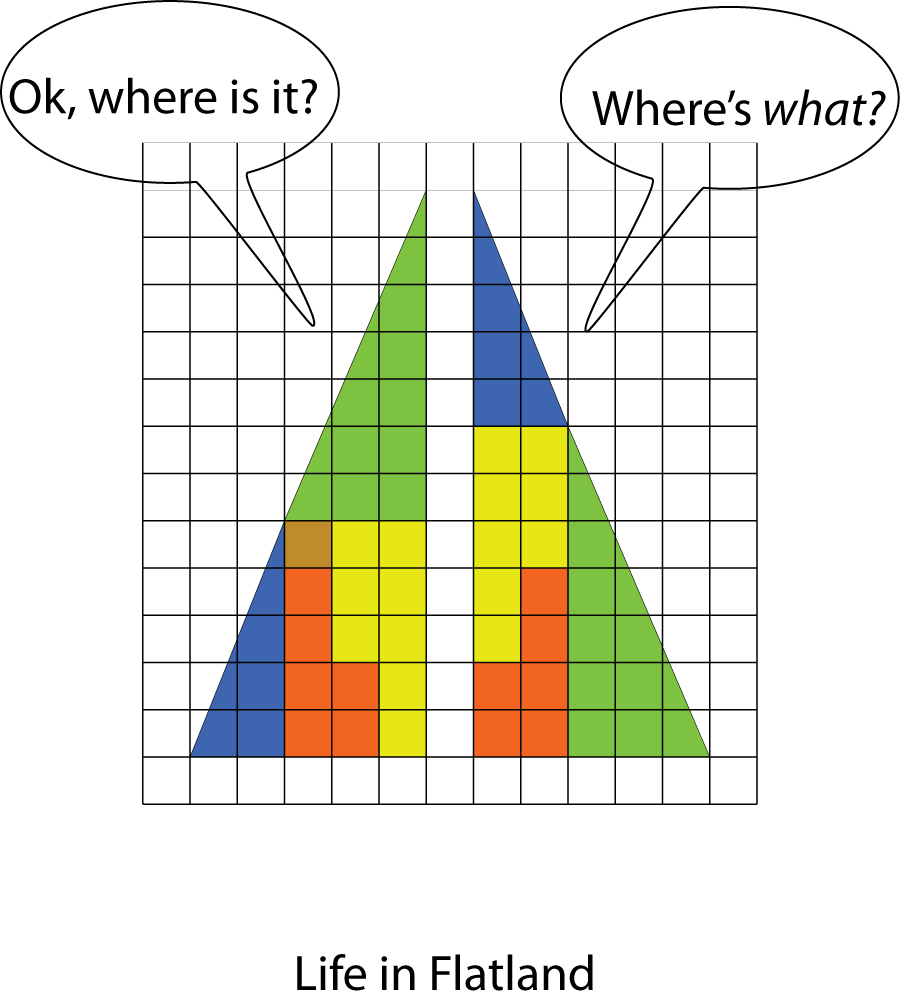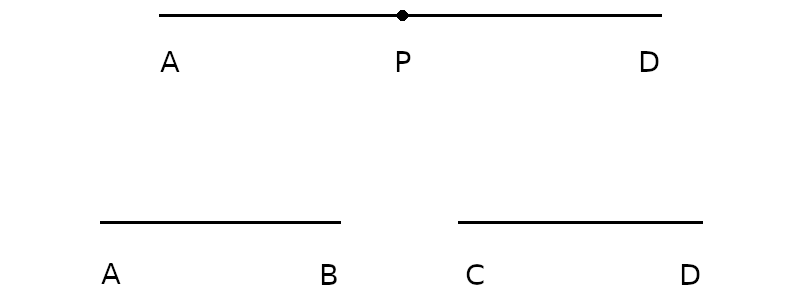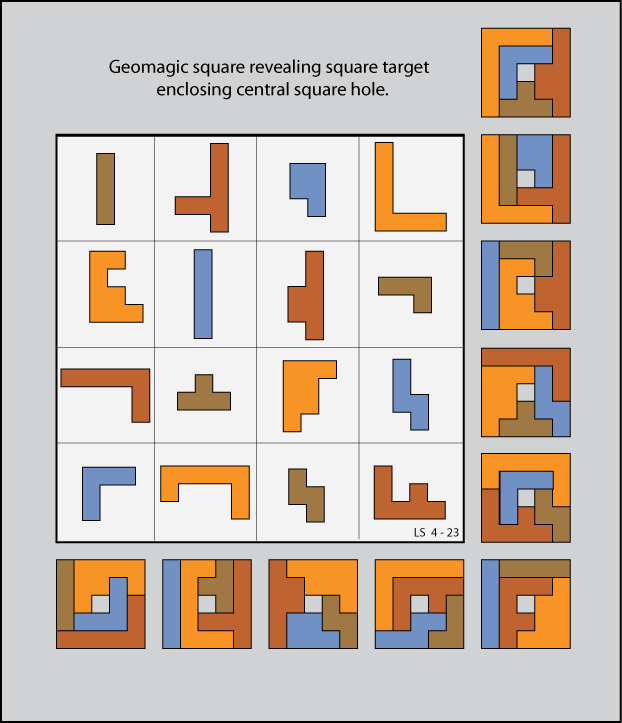In a 1963 issue of Bokmakierie, a magazine for birdwatchers, Frank A. Goodliffe described a curiously familiar species he called Clericus polydenominata, the “dog-collared sombre blackbird”:
Identification: Similar to common laity but plumage and behaviour should serve to differentiate. Plumage black with narrow white collar — unbroken at throat. Feet black, of leathery appearance. Beak pink — often with blueish tint during winter months. When in groups are often seen with wings folded behind rump. … Habits: Usually found congregating with flocks of common laity, the females of which are frequently seen with plumage of vivid colours. Nesting: This usually occurs close to old buildings with spires. They are usually very friendly and may be seen around nesting sites of common laity at tea-time. … Call: The voice is distinctive, commencing ‘Brrrrr–rethren’ and continuing low and pleasant — often prolonged. Usually sings in congregations.
In a private booklet published four years later, M.A. Traylor suggested that the species belonged in the family of bishop birds.

